 Understanding the Critical Role of Systems Approach in Urban Railway Projects
Understanding the Critical Role of Systems Approach in Urban Railway Projects Exclusive Interview with Ms. Serda Urganciyan, Partner-CEO at Studio 88 Architecture
Exclusive Interview with Ms. Serda Urganciyan, Partner-CEO at Studio 88 Architecture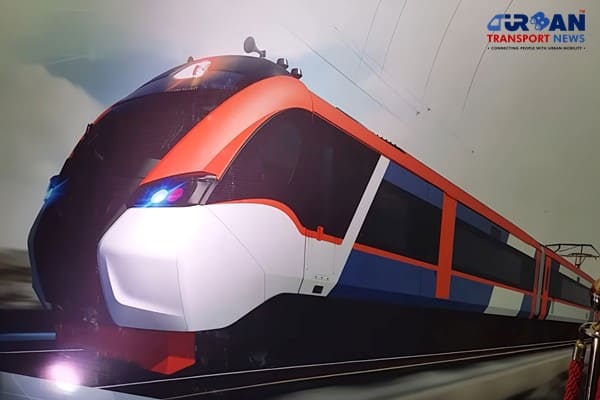 Titagarh Rail Systems set to deliver first sleeper Vande Bharat Train by late 2025
Titagarh Rail Systems set to deliver first sleeper Vande Bharat Train by late 2025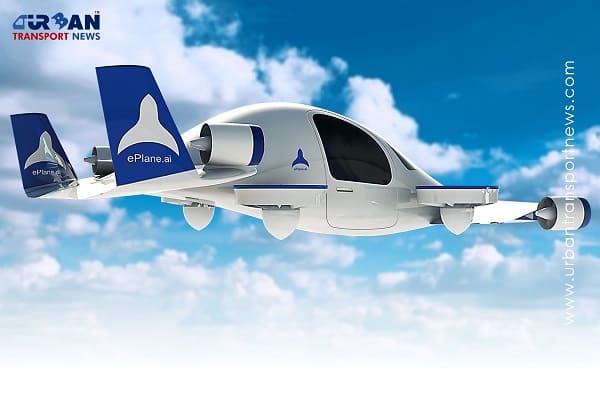 UAE's First Vertiport gets Operational approval, A game-changer in Autonomous Transportation
UAE's First Vertiport gets Operational approval, A game-changer in Autonomous Transportation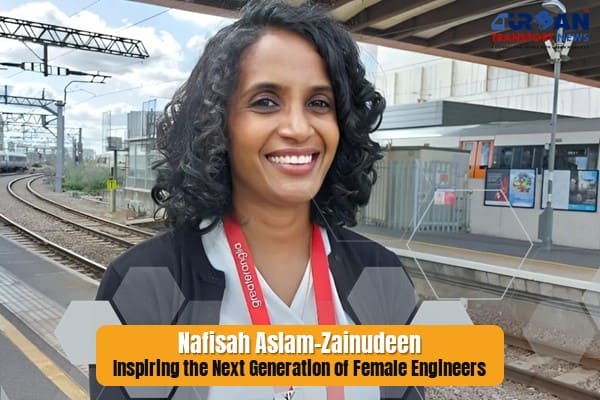 Nafisah Aslam-Zainudeen: Inspiring the Next Generation of Female Engineers
Nafisah Aslam-Zainudeen: Inspiring the Next Generation of Female Engineers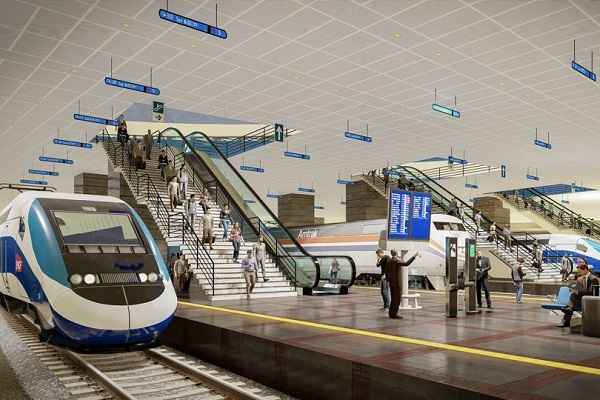 DRA-DMRC JV awarded major contract for redevelopment of Ahmedabad Railway Station
DRA-DMRC JV awarded major contract for redevelopment of Ahmedabad Railway Station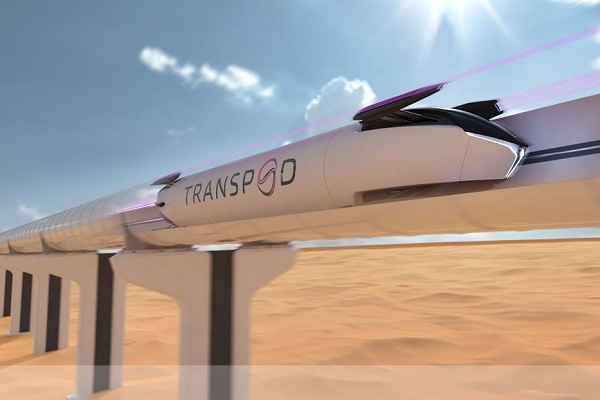 Revolutionizing Transportation: Hyperloop Technology in Saudi Arabia
Revolutionizing Transportation: Hyperloop Technology in Saudi Arabia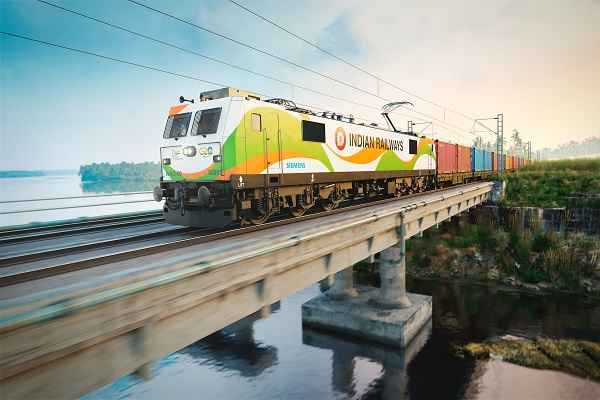 India is not just a market, it is becoming a beacon of hope for the future: Siemens AG
India is not just a market, it is becoming a beacon of hope for the future: Siemens AGSATEBA acquires Rail Business of De Bonte Group in Belgium
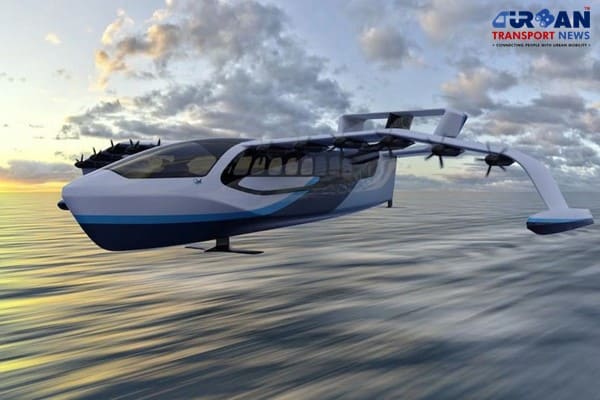 Regent to launch High-Speed Seagliders to transform coastal transportation in UAE
Regent to launch High-Speed Seagliders to transform coastal transportation in UAE
Independence Day Special: India's Urban Mobility Revolution and Railway Development
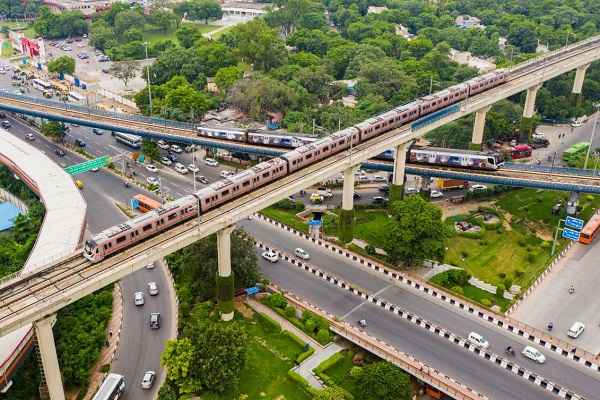
Urban mobility and railways stand as two pillars of India's transformation. From the introduction of urban rail in the 19th century to the establishment of sprawling metro systems, the evolution of urban mobility has mirrored the nation's growth. Concurrently, the development of railways has united distant communities, fuelled economic prosperity, and showcased technological advancements. This article delves into India's journey in urban mobility and railway development, exploring their historical trajectories, challenges, innovations, and the road ahead.
India's Urban Mobility Revolution: Pioneering Progress
The inception of urban rail in 1853 marked a historic turning point in India's urban mobility landscape. Mumbai's introduction to the world of modern transportation ignited a transformation that would shape the future of cities across the nation. Calcutta followed suit shortly after, setting India apart as a pioneer in the realm of urban transportation in Asia.
As decades passed, the fabric of urban mobility diversified. Tramways began weaving through city streets in 1873, ushering in a new era of public transportation. The introduction of cycle rickshaws and cycles in 1883 offered alternative modes for short distances. Urban buses joined the ranks in 1923, followed by electric trolley buses in 1933, catering to the evolving needs of an urbanizing population. The emergence of auto-rickshaws in 1948 further enriched the tapestry of urban transportation.
Urbanisation and the Changing Dynamics
India's journey through urban mobility has been closely intertwined with its urbanization narrative. At the time of independence in 1947, the urban population constituted a mere fraction of the total. However, subsequent decades witnessed a surge in urbanization, as economic opportunities drew people from rural areas to cities. The shift was seismic; by 2021, nearly 35 percent of India's population resided in urban areas.
As the urban landscape expanded, so did the demand for efficient transportation solutions. The integration of urban mobility with economic growth became evident, with cities contributing significantly to the nation's GDP. The phenomenon was not limited to established urban centers; rural areas too underwent urban transformation, ushering in a new era of mobility challenges and opportunities.
Challenges in the Urban Mobility Paradigm
The contemporary urban mobility scenario in India is characterized by both promise and pitfalls. The rapid proliferation of personal vehicles has led to traffic congestion, air pollution, and a strain on infrastructure. The decline of sustainable modes of transportation, such as cycling and walking, has further exacerbated these issues. The urgent need to address these challenges has prompted a revaluation of urban mobility strategies.
Metro Rail: Transforming the Landscape
Amidst the urban mobility challenges, metro rail systems have emerged as game-changers. The Delhi Metro, in particular, has become a symbol of progress. Its success story, marked by the completion of Phase I ahead of schedule and cost estimates, has ignited a nationwide push for metro rail expansion. The Delhi Metro Rail Corporation (DMRC) has set a precedent for efficient, safe, and reliable urban transportation, inspiring other cities to follow suit. At present, a total of 15 cities having metro rail systems.
Navigating India's Railways: A Historical Odyssey
The development of railways in India dates back to the 19th century, with the first railway network introduced in 1837 by Arthur Cotton. This early system, designed for transporting construction materials, laid the foundation for the transformative Indian Railways.
The inauguration of the first railway track in 1853, connecting Bombay and Thane, marked a historic milestone. The subsequent years witnessed the relentless expansion of the railway network, connecting distant corners of the subcontinent. Challenges posed by diverse geographical terrains were met with innovative solutions, demonstrating the railways' adaptability.
Railways: Engines of Economic Growth
The significance of Indian Railways transcends transportation; it is a conduit for economic growth. By linking resource-rich regions to industrial and commercial centers, railways facilitated the movement of goods, resources, and labour. The railways' role in boosting trade, enabling the transportation of agricultural commodities, and driving economic activity cannot be overstated.
The railway network also played a pivotal role in enhancing accessibility. Remote areas were connected to urban centers, providing marginalized communities access to markets, education, and healthcare. Moreover, railways' impact extended to tourism, offering travelers an immersive and unique perspective of India's landscapes and cultural heritage.
Technological Leap in Railways and Urban Mobility
Technological advancements have propelled both railways and urban mobility into the modern age. Digital innovation has streamlined ticketing systems, enabling passengers to plan and book journeys with ease. Computerized reservation systems have transformed the passenger experience, minimizing waiting times and enhancing convenience.
In the realm of railways, India's engineering prowess was showcased with the introduction of the "Vande Bharat" express. This high-speed train not only marked a technological milestone but also underscored India's commitment to modernizing its transportation infrastructure.
Toward Sustainable Urban Mobility
Addressing the challenges of urban mobility requires a multifaceted approach. Sustainable solutions encompass integrated transportation systems, first-mile and last-mile connectivity, and urban planning that prioritizes pedestrians and cyclists. As cities grow, the importance of creating holistic and eco-friendly mobility frameworks becomes increasingly evident.
Collaborative Efforts: Government, Public, and Beyond
The responsibility of shaping sustainable urban mobility and advancing railways lies with various stakeholders. Governments play a critical role through policy support, infrastructure investment, and the promotion of green initiatives. Public awareness campaigns can drive behavior change, encouraging citizens to choose sustainable transportation options.
Local communities also contribute to the evolution of mobility systems. Their insights and needs are essential in designing transportation solutions that cater to specific contexts and demographics. Public-private collaborations can further fuel innovation and investment in transformative projects.
"As we celebrate the 77th Independence Day of India, let us reflect on the journey of our great nation and the strides we've taken towards progress. Just as our media and PR company thrives on communication, let us, as a country, continue to communicate and collaborate to build an even brighter and more prosperous future for all. Happy Independence Day!", said Mrs. Mamta Shah, MD & CEO, Urban Infra Group.
"In the post-independence era, the Indian Railways embarked on a remarkable journey of modernization and technological evolution, redefining the very essence of rail travel. The visionary strides taken by the Indian Railways in embracing electrification, high-speed rail projects, and cutting-edge digital innovations have orchestrated an unparalleled transformation in the railway experience for passengers," said Vishwanath S, Managing Director, TE Connectivity India.
Conclusion: A Connected Future
India's journey through urban mobility and railway development is a narrative of progress, resilience, and transformation. The intertwined growth of cities and railways is a testament to the nation's adaptability and ambition. As India strides toward a future characterized by rapid urbanization and technological advancement, sustainable urban mobility and efficient railways will remain cornerstones of progress.
The tracks laid down in the past now converge toward a future where vibrant cities are connected by efficient transportation networks. By embracing innovation, prioritizing sustainability, and fostering collaboration, India can navigate the challenges of urbanization and transportation while creating a blueprint for accessible, eco-conscious, and thriving urban centers.




